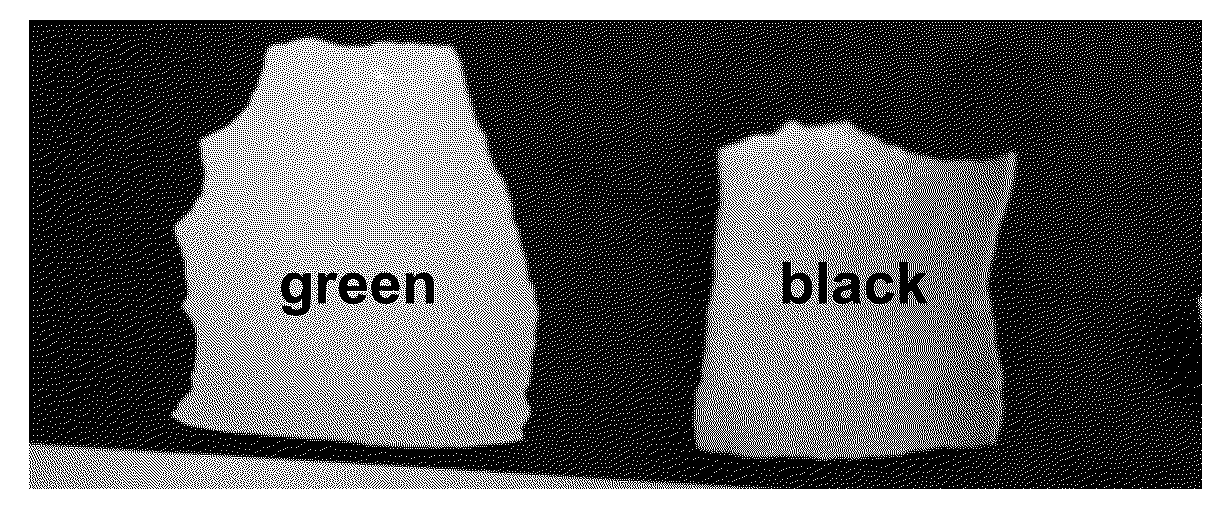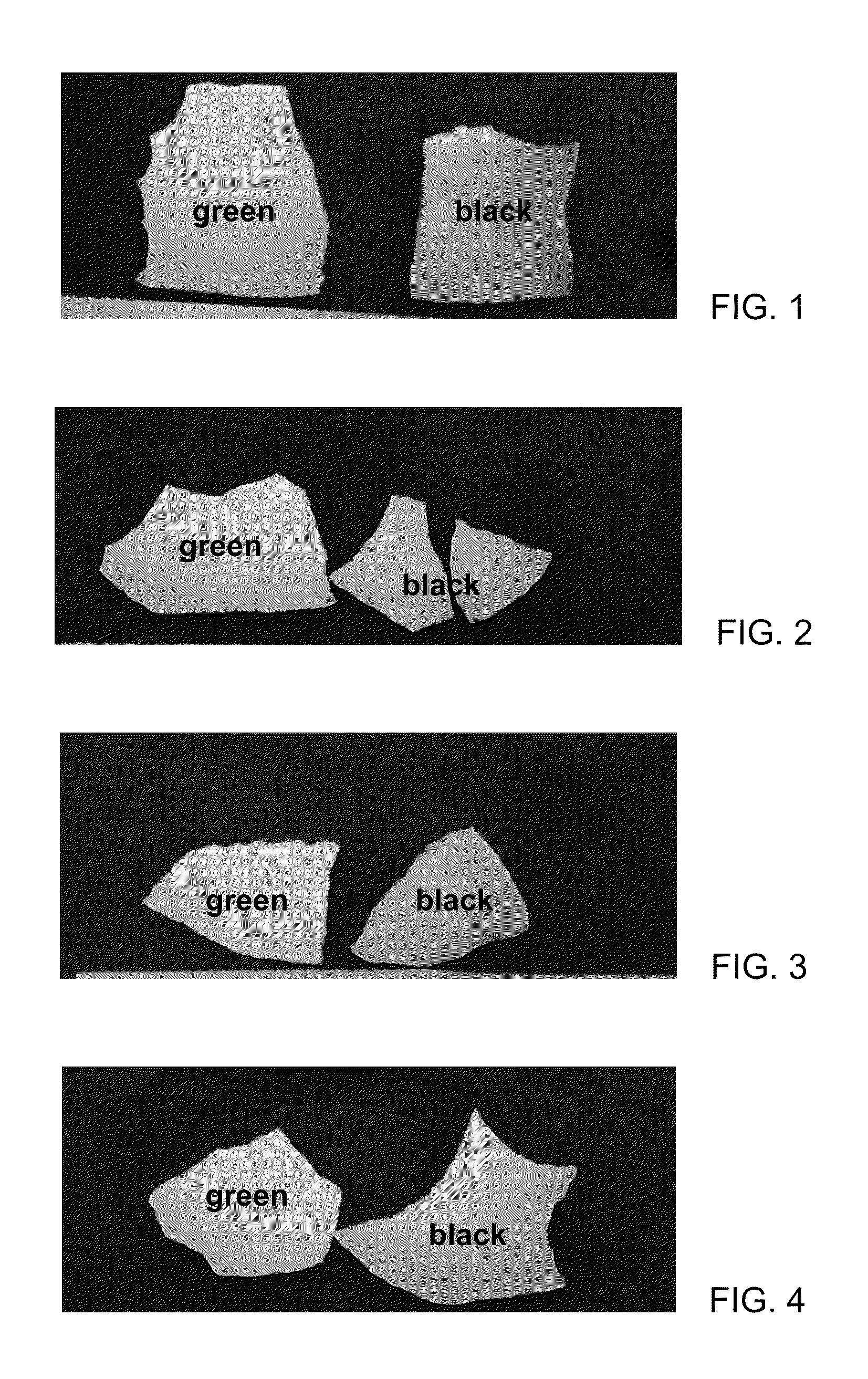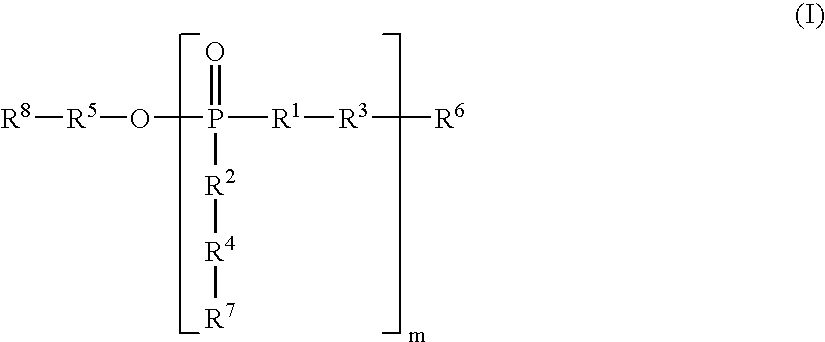Mono-, di- and polyol phosphate esters in personal care formulations
a technology of mono-, di- and polyol phosphate esters and personal care formulations, which is applied in the direction of group 5/15 element organic compounds, textiles and paper, etc., can solve the problems of charge imparted to the surface, the hydrophobic properties of such materials are not desirable, and each of these methods has significant limitations, so as to reduce the tendency to be washed or rinsed away, the effect of enhancing the adsorption of active ingredients
- Summary
- Abstract
- Description
- Claims
- Application Information
AI Technical Summary
Benefits of technology
Problems solved by technology
Method used
Image
Examples
example 1
Egg Shell Tests
[0321]In this example egg-shell was stained with green / black tea stain.
[0322]FIG. 1 shows a photograph of egg-shell brushed with commercial toothpaste, then stained with green (left) and black (right) tea, and then brushed again with commercial tooth-paste. This resulted in no removal of tea stain.
[0323]In another experiment PEG400 phosphate ester (a polyethylene glycol phosphate ester) was mixed directly into the toothpaste without neutralization. Egg-shell was brushed with commercial toothpaste plus 20% PEG400 phosphate ester, then stained with green and black tea, and then brushed again with commercial tooth-paste plus 20% PEG400 phosphate ester. FIG. 2 shows a photograph of the egg-shell brushed with the commercial toothpaste plus 20% PEG400 phosphate ester, then stained with green (left) and black (right) tea, and then brushed again with commercial tooth-paste plus 20% PEG400 phosphate ester. This resulted in good removal of tea stain.
[0324]In another experiment ...
PUM
| Property | Measurement | Unit |
|---|---|---|
| Temperature | aaaaa | aaaaa |
| Fraction | aaaaa | aaaaa |
| Fraction | aaaaa | aaaaa |
Abstract
Description
Claims
Application Information
 Login to View More
Login to View More - R&D
- Intellectual Property
- Life Sciences
- Materials
- Tech Scout
- Unparalleled Data Quality
- Higher Quality Content
- 60% Fewer Hallucinations
Browse by: Latest US Patents, China's latest patents, Technical Efficacy Thesaurus, Application Domain, Technology Topic, Popular Technical Reports.
© 2025 PatSnap. All rights reserved.Legal|Privacy policy|Modern Slavery Act Transparency Statement|Sitemap|About US| Contact US: help@patsnap.com



